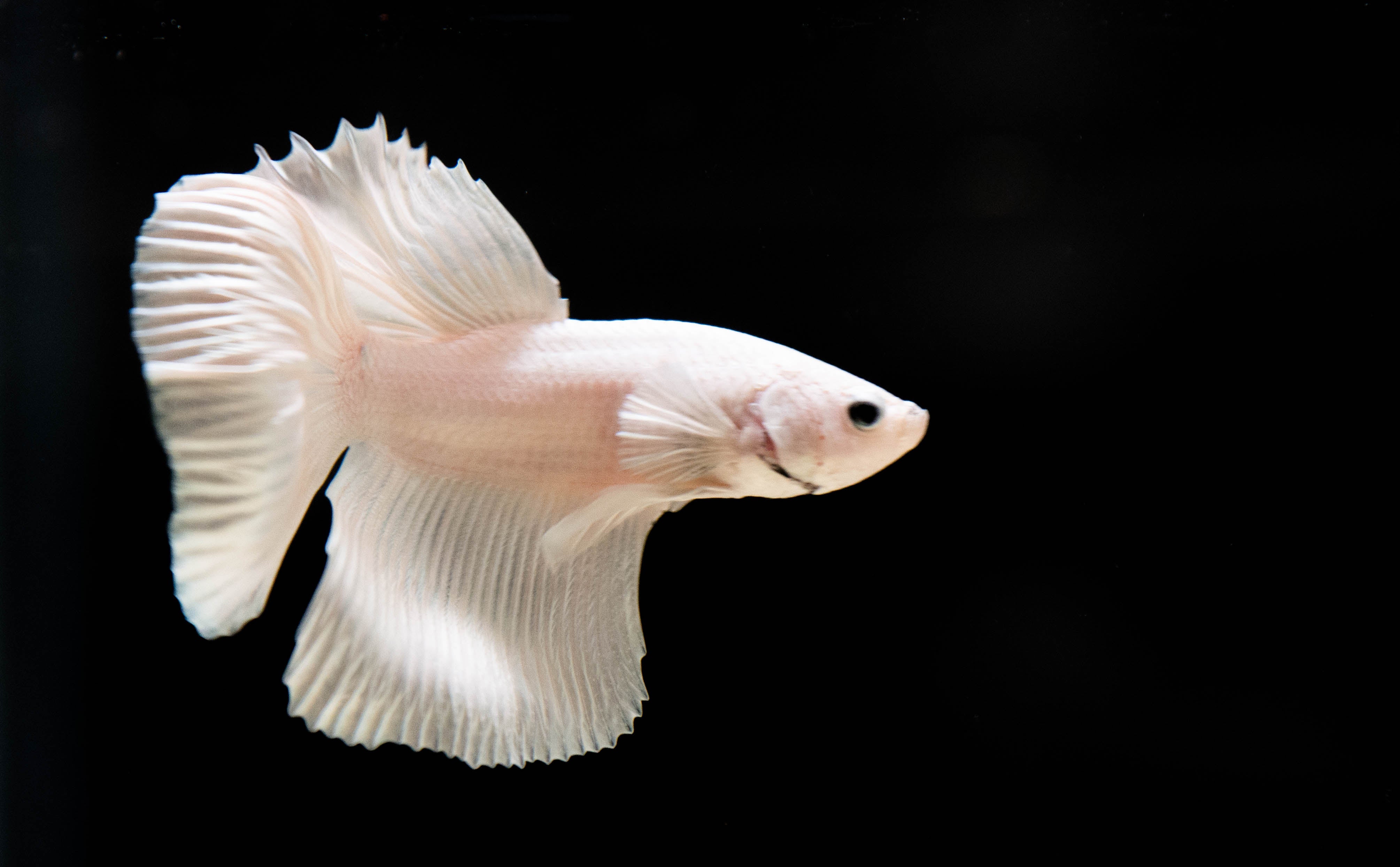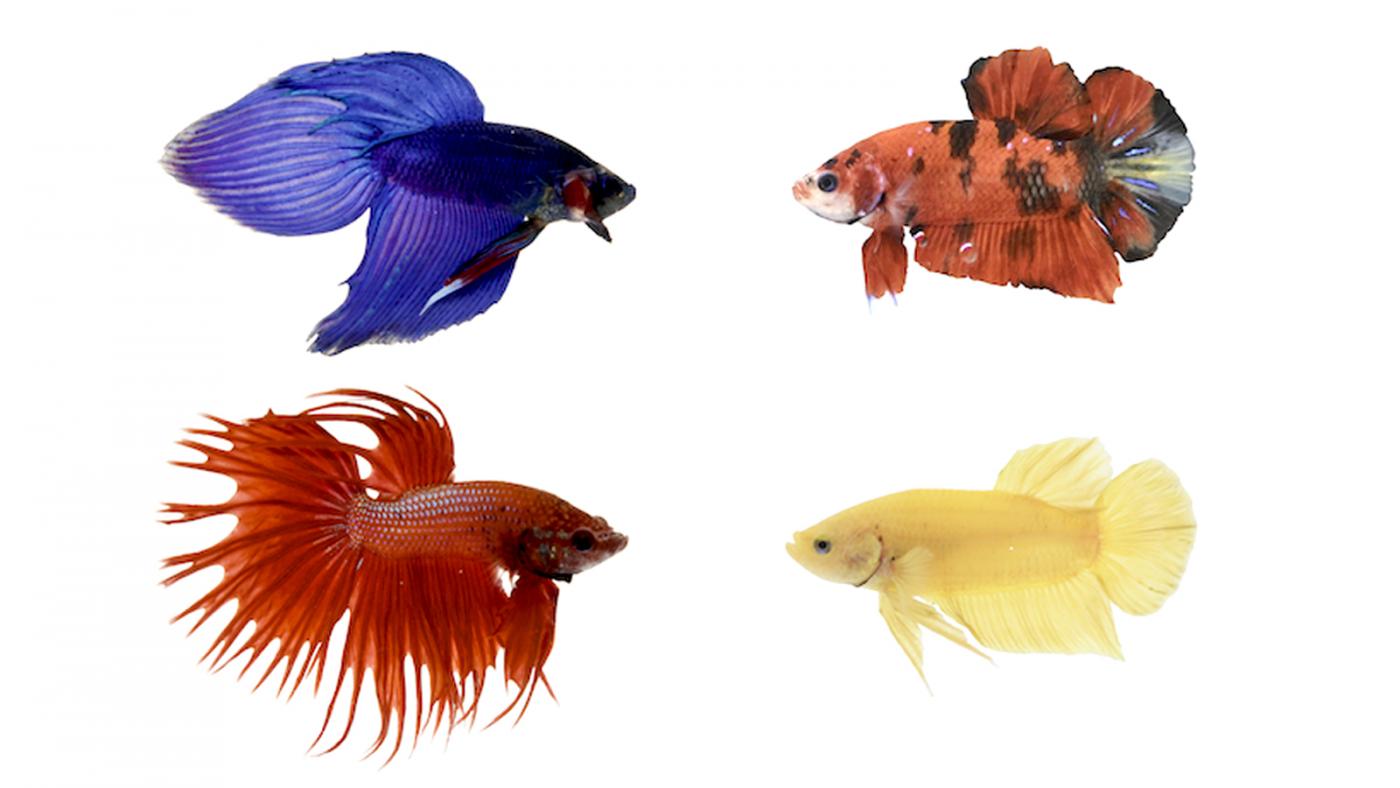The Ultimate Betta Fish Treatment Guide for New Pet Dog Owners
The Ultimate Betta Fish Treatment Guide for New Pet Dog Owners
Blog Article
How to Reproduce Betta Fish Effectively: Specialist Methods and Insights for Hobbyists Wanting To Broaden Their Betta Collection
Breeding Betta fish requires a nuanced understanding of genetics and environmental problems, making it necessary for hobbyists to come close to the process with both persistance and treatment. Producing an optimum reproduction atmosphere, choosing the best pairs, and observing the ins and outs of their courtship habits are foundational steps that can significantly influence the end result. The succeeding treatment of the fry is vital for guaranteeing their healthy and balanced advancement. As we explore these essential parts, it becomes clear that successful breeding is not nearly the initial pairing but encompasses a broader method that benefits careful factor to consider.
Comprehending Betta Fish Genetics
Recognizing the genetics of Betta fish is vital for effective breeding, as it influences characteristics such as shade, fin form, and behavior. Betta fish show a diverse range of colors and patterns, largely determined by their hereditary make-up.
Along with coloration, fin morphology is an additional considerable facet of Betta genes (betta fish). The sizes and shape of fins are affected by numerous genes, including those that identify whether the fins are brief, long, or veil-shaped. Recognizing these hereditary variations helps dog breeders forecast the phenotypic results of their children
Moreover, behavior qualities such as aggressiveness and territoriality can likewise be influenced by genes. These behaviors play an essential duty in the breeding procedure, as they can impact spawning success and the overall temperament of the resulting fry. By thoroughly recognizing these genetic concepts, breeders can make informed choices, eventually boosting their breeding programs and accomplishing preferable results.
Preparing the Reproduction Atmosphere
Producing an ideal breeding atmosphere is vital for the effective reproduction of Betta fish. The initial action in preparing this setting is to select a proper breeding storage tank, ideally ranging from 5 to 10 gallons. This dimension enables sufficient swimming area and the establishment of regions. The storage tank must be geared up with a heating unit to keep a stable temperature between 78 ° F and 80 ° F, which is crucial for encouraging spawning behavior.
Next, take into consideration using a sponge filter or an air rock to supply mild water blood circulation without creating strong currents that can emphasize the fish. It is necessary to set up plants or breeding cones to supply hiding places and promote comfort for the lady throughout the spawning procedure. Drifting plants, such as Java moss or water sprite, can likewise create a much more natural atmosphere while assisting in bubble nest building by the male.
Prior to introducing the breeding pairs, make certain the water is conditioned and totally free from damaging chemicals, such as chlorine or heavy steels. betta fish. Routine water changes must be carried out to maintain optimal water top quality, enhancing the chances of successful reproduction. With these preparations in place, the breeding atmosphere will certainly support the health and wellness and health of both Betta fish
Selecting Breeding Pairs
Choosing the ideal breeding sets is vital for accomplishing successful Betta fish reproduction. Healthy Betta fish exhibit vivid shades, clear eyes, and energetic habits.
Personality is one more vital factor to consider, as Betta fish are recognized for their hostile nature. It is advisable to pick a man and female that exhibit compatible characters to decrease tension throughout the breeding procedure. A tranquil male can urge a smoother courtship, while a female that is also aggressive may interfere with the procedure.
Genetic history likewise plays a substantial function in the high quality of the children. Reproducing fish that are genetically diverse can minimize the danger of hereditary health issues and improve the general vigor of the fry. It is beneficial to look into the lineage of both the man and lady, concentrating on preferable traits such as fin kind, color scheme, and dimension.
The Reproduction Refine
The breeding procedure of Betta fish calls for mindful planning and interest to information to anchor ensure a successful outcome. Initially, it is vital to prepare a suitable breeding tank, preferably a 5-10 gallon aquarium with a temperature level maintained at 78-80 ° F. The tank should be furnished with a heating system, filter (ideally sponge type to stay clear of strong currents), and lots of marine plants for the lady to hide.
As soon as the environment is established, present the chosen breeding set to the tank, allowing them to adapt. Observe their actions; the man will display sophisticated courtship rituals, including flaring his fins and constructing a bubble nest. If the woman shows interest, she will display upright red stripes suggesting readiness for spawning.
When the woman is read here receptive, the set will certainly involve in a mating accept, during which the male feeds the eggs. Keeping optimal water conditions during this duration is vital for the advancement of healthy and balanced Betta fry.
Taking Care Of Betta Fry

Feeding Betta fry is critical, as they call for a diet plan high in protein. They can be fed infusoria or liquid fry food, transitioning to finely crushed premium pellets as they grow. Feed small portions several times a day to urge healthy growth without overloading the tank with uneaten food.

As they develop, check their development closely and divide any kind of hostile people to protect against injury. By giving a supporting setting and appropriate nutrition, hobbyists can efficiently raise Betta fry right into vibrant, healthy and balanced fish, ultimately boosting their reproduction endeavors.
Conclusion
Effective Betta fish breeding calls for careful focus to genetic choice, ecological conditions, and take care of the fry. By recognizing the genes of Betta fish and preparing an appropriate reproduction environment, hobbyists can improve the opportunities of generating dynamic, healthy and balanced offspring. Selecting suitable reproduction pairs and carefully keeping an eye on the courtship and spawning procedures are important. Finally, providing optimum take care of the fry ensures their healthy and balanced advancement, adding to a flourishing Betta collection.
Report this page